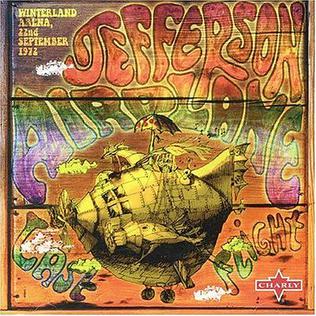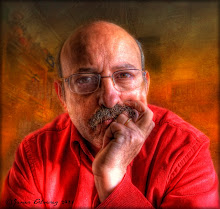David Bowie - Diamond Dogs

David Bowie fired the Spiders From Mars shortly after the release of Pin Ups, but he didn't completely leave the Ziggy Stardust persona behind. Diamond Dogs suffers precisely because of this -- he doesn't know how to move forward. Originally conceived as a concept album based on George Orwell's 1984, Diamond Dogs evolved into another one of Bowie's paranoid future nightmares. Throughout the album, there are hints that he's tired with the Ziggy formula, particularly in the disco underpinning of "Candidate" and his cut-and-paste lyrics. However, it's not enough to make Diamond Dogs a step forward, and without Mick Ronson to lead the band, the rockers are too stiff to make an impact. Ironically, the one exception is one of Bowie's very best songs -- the tight, sexy "Rebel Rebel." The song doesn't have much to do with the theme, and the ones he does throw in to further the story usually fall flat. Diamond Dogs isn't a total waste, with "1984," "Candidate," and "Diamond Dogs" all offering some sort of pleasure, but it is the first record since Space Oddity where Bowie's reach exceeds his grasp.

 01. Future Legend [0:01:08.00]
01. Future Legend [0:01:08.00]02. Diamond Dogs [0:05:58.10]
03. Sweet Thing [0:03:38.50]
04. Candidate [0:02:40.07]
05. Sweet Thing (Reprise) [0:02:32.13]
06. Rebel Rebel [0:04:33.67]
07. Rock 'n' Roll with Me [0:04:01.59]
08. We Are the Dead [0:04:59.21]
09. 1984 [0:03:27.28]
10. Big Brother [0:03:20.35]
11. Chant of the Ever Circling Skeletal Family [0:02:03.70]
Etiquetas: Musica























